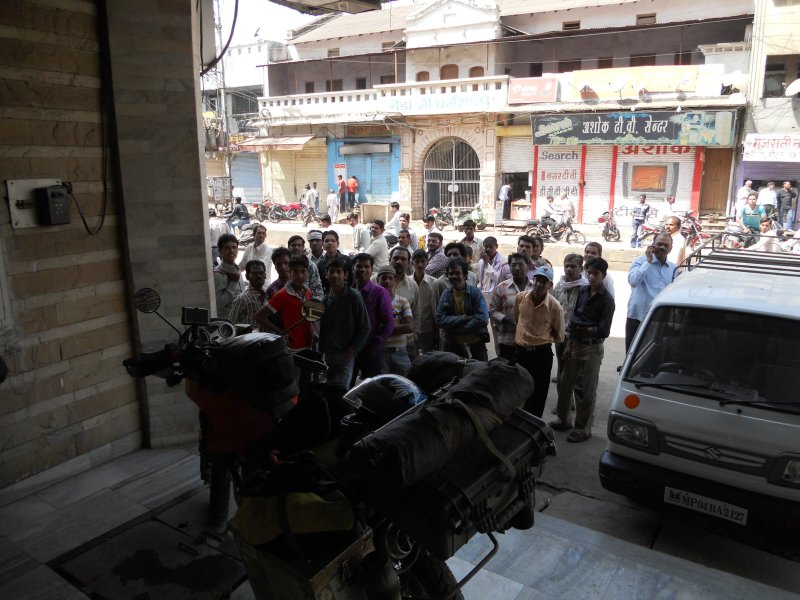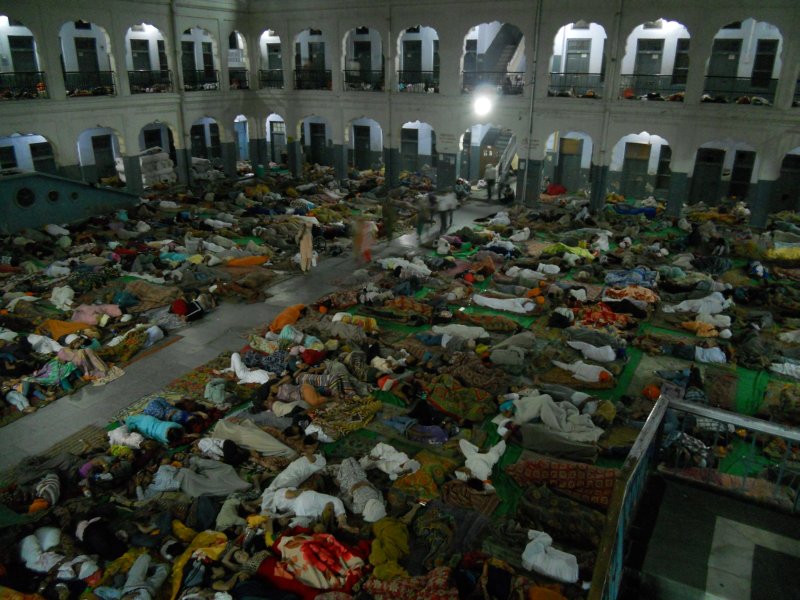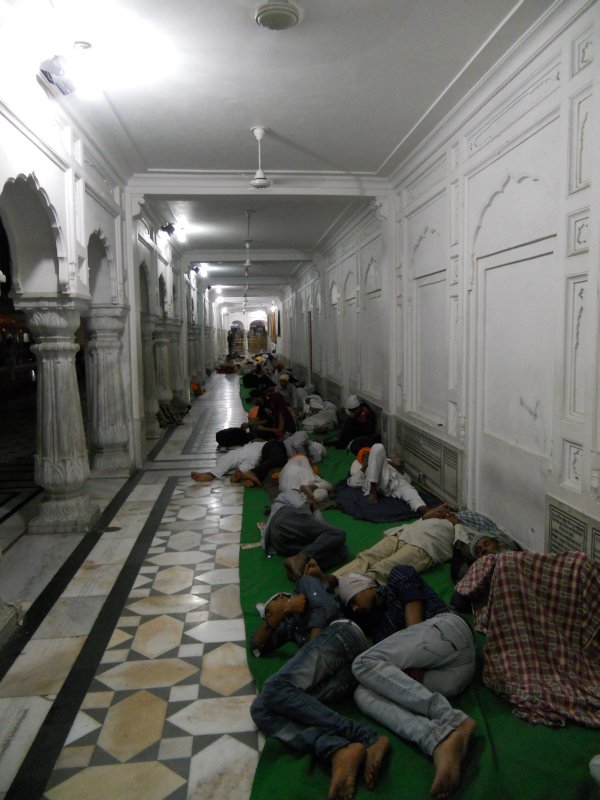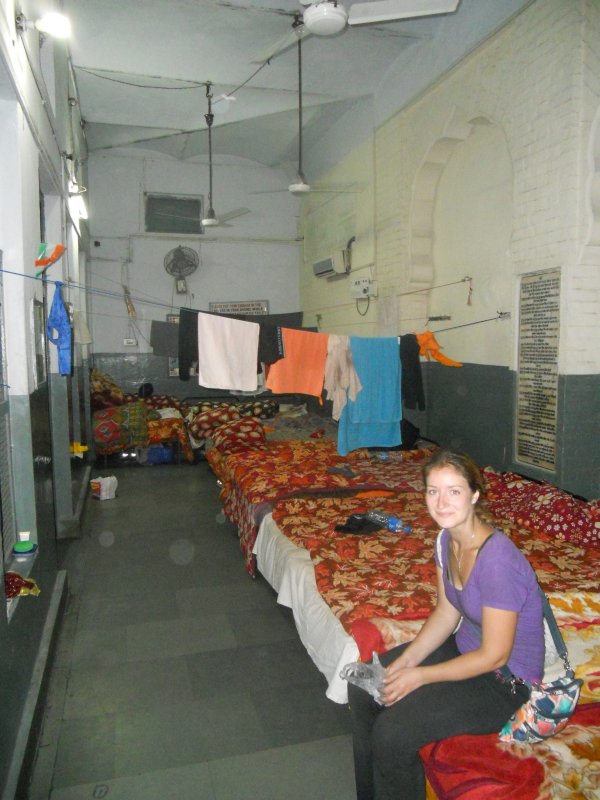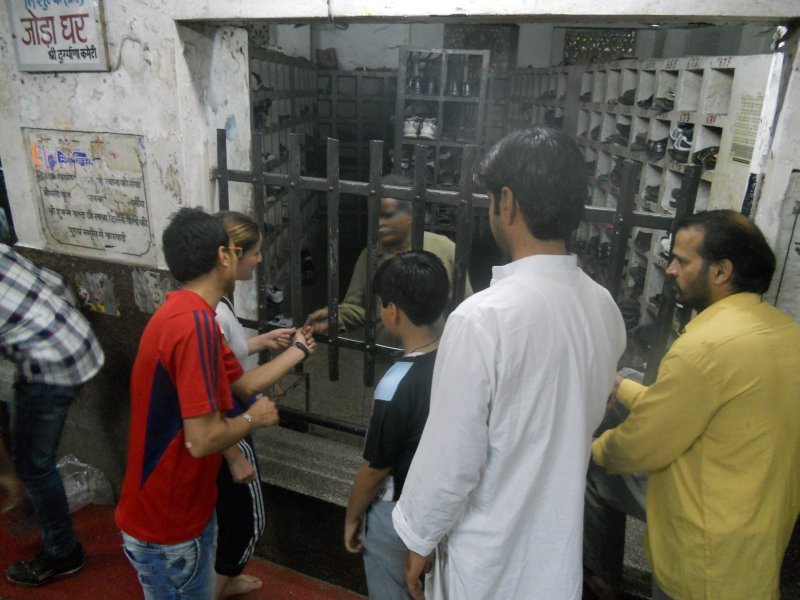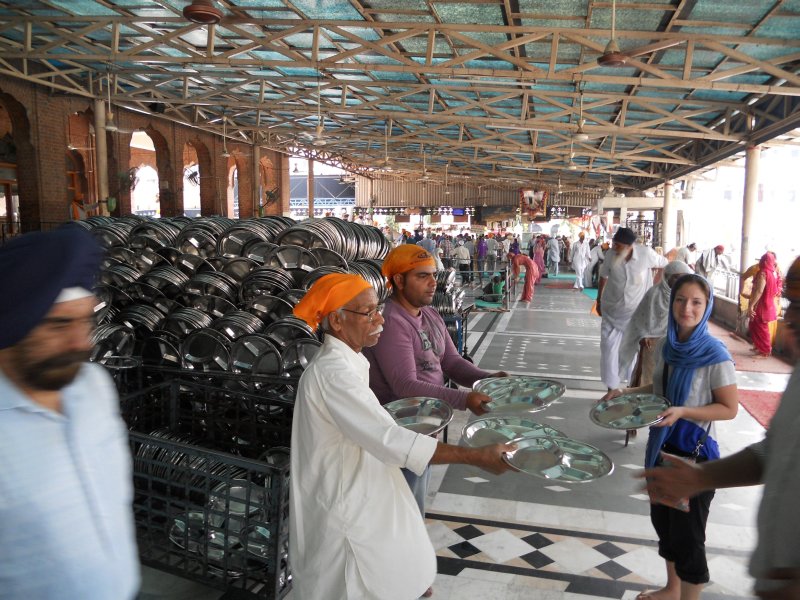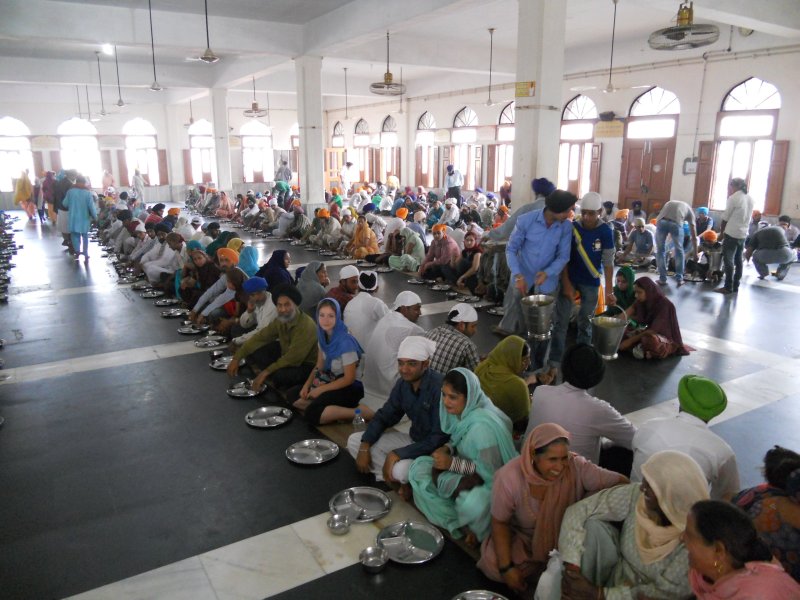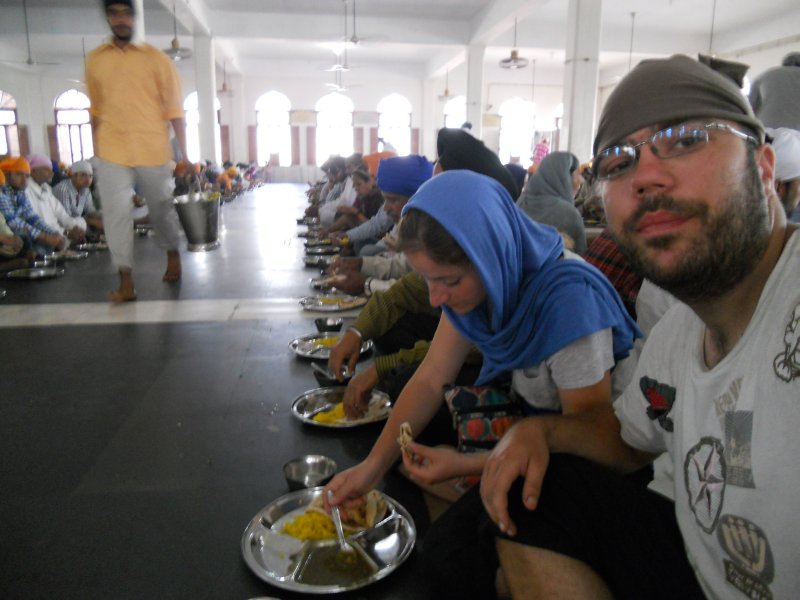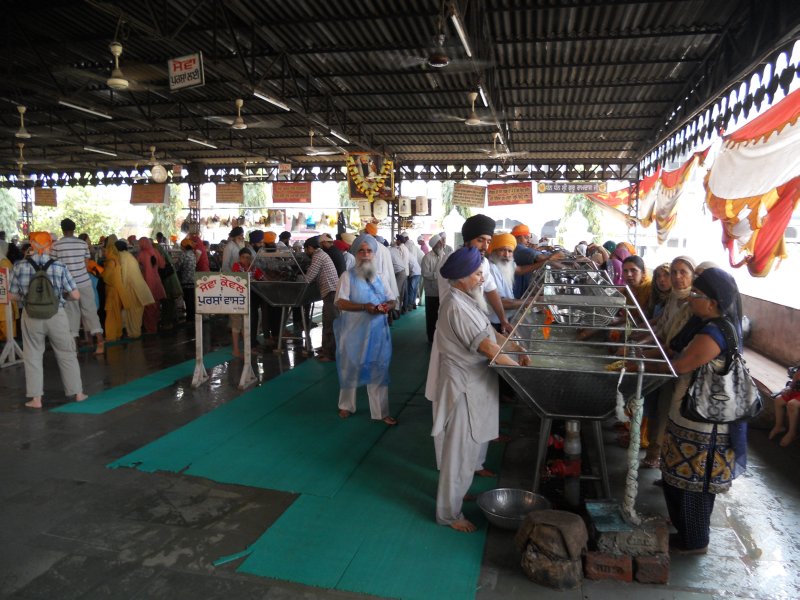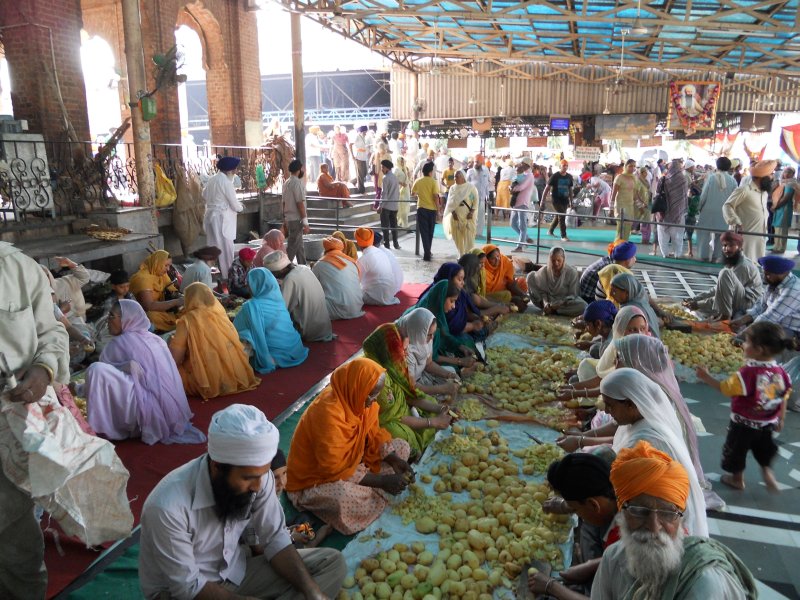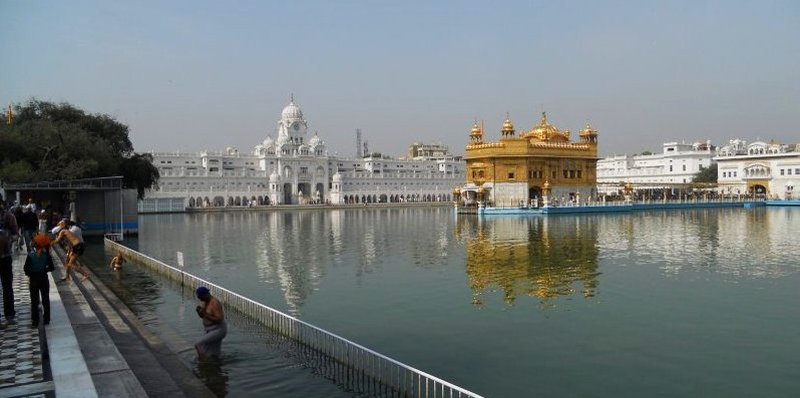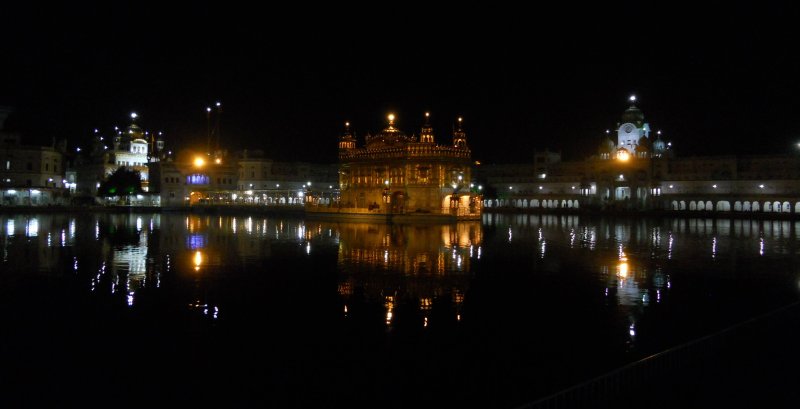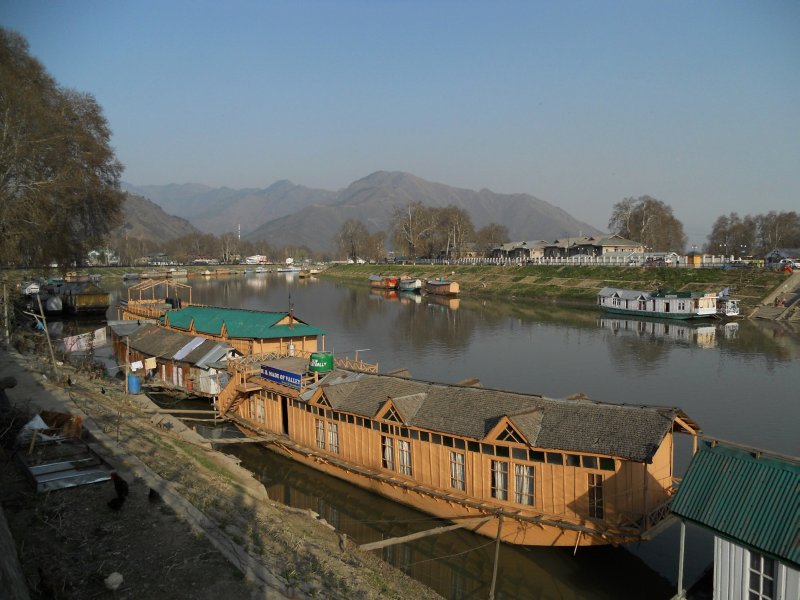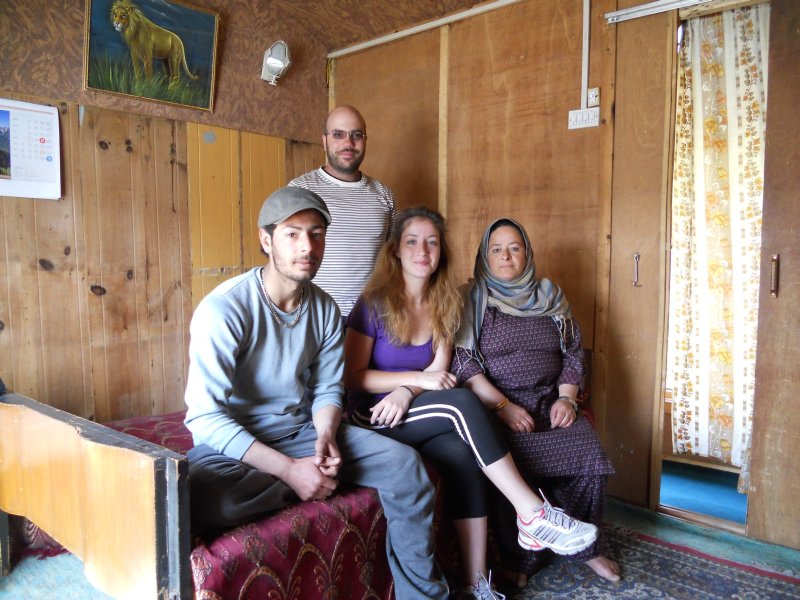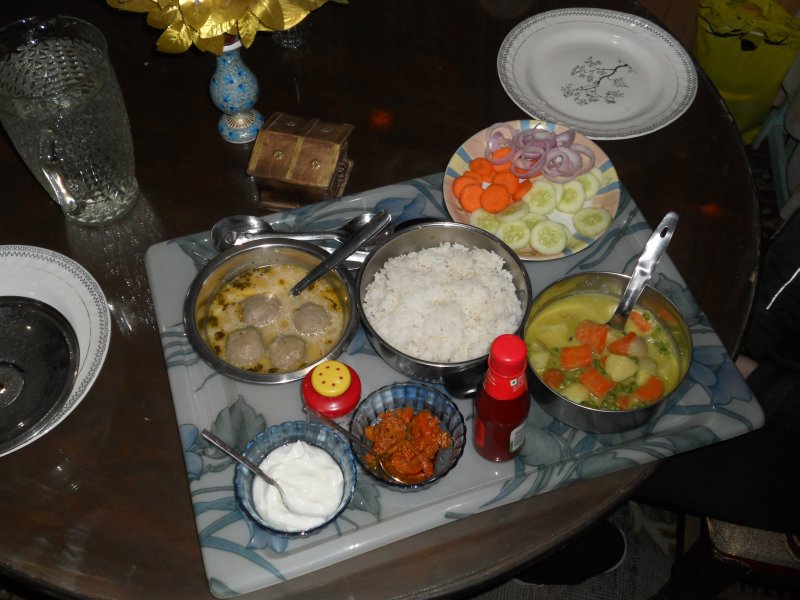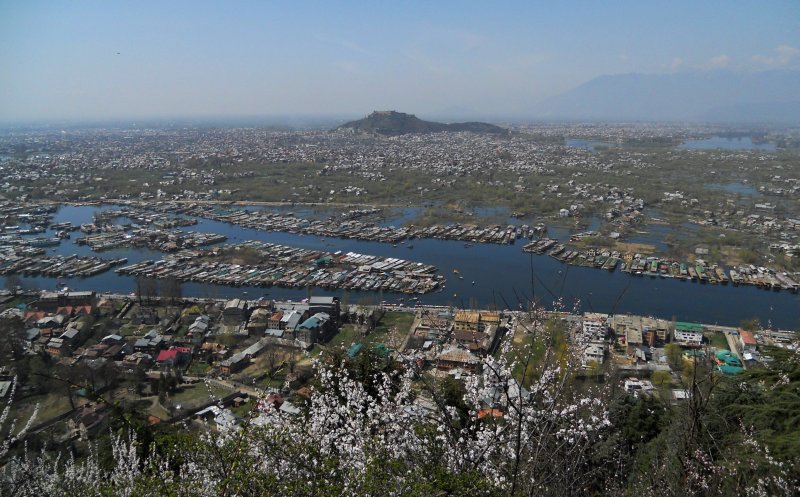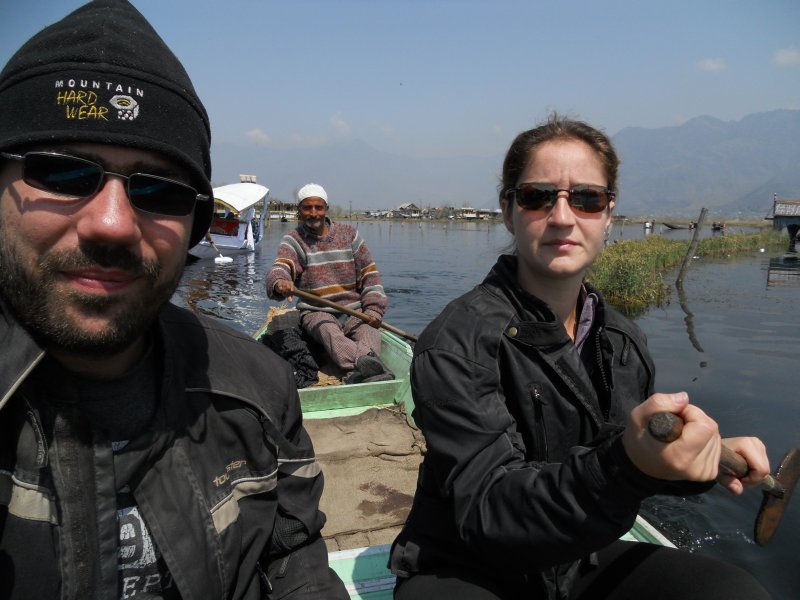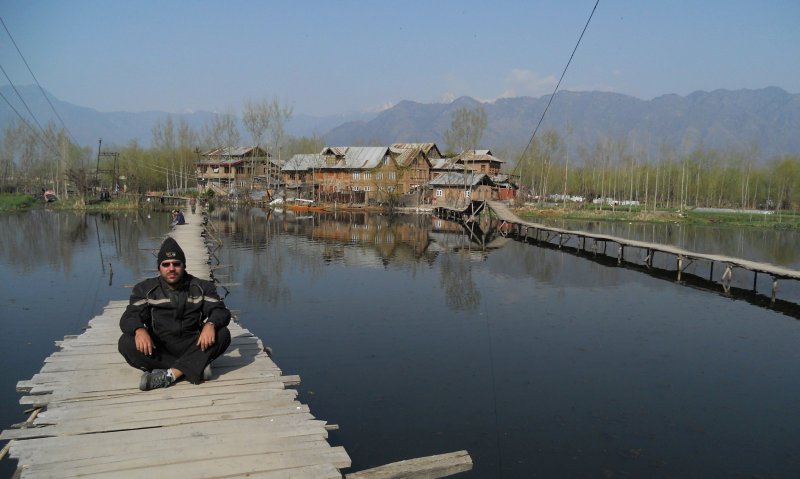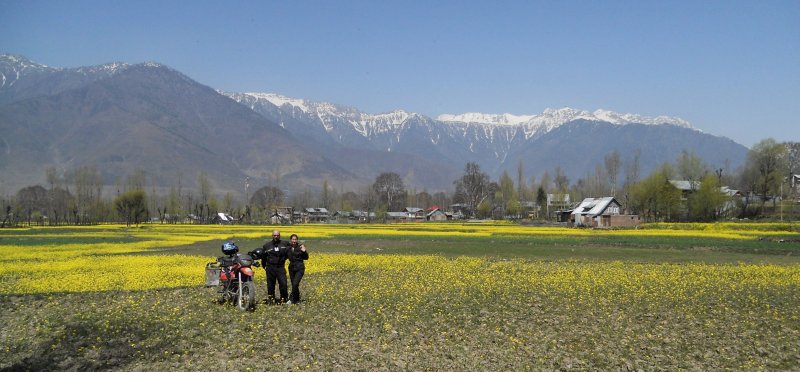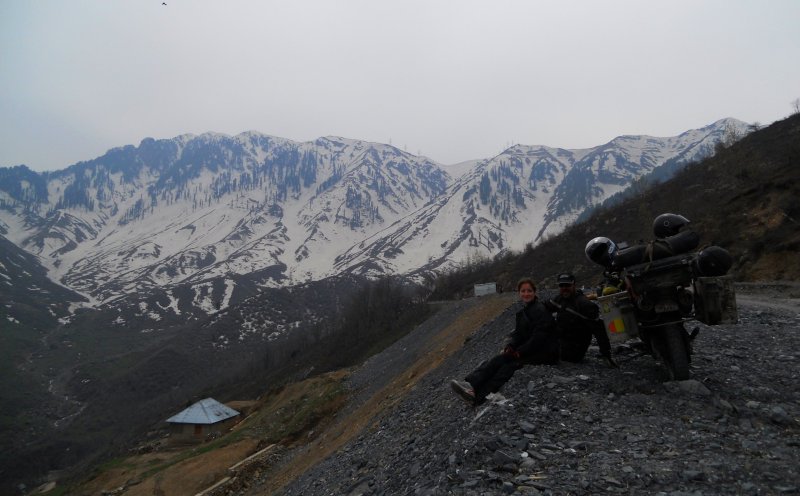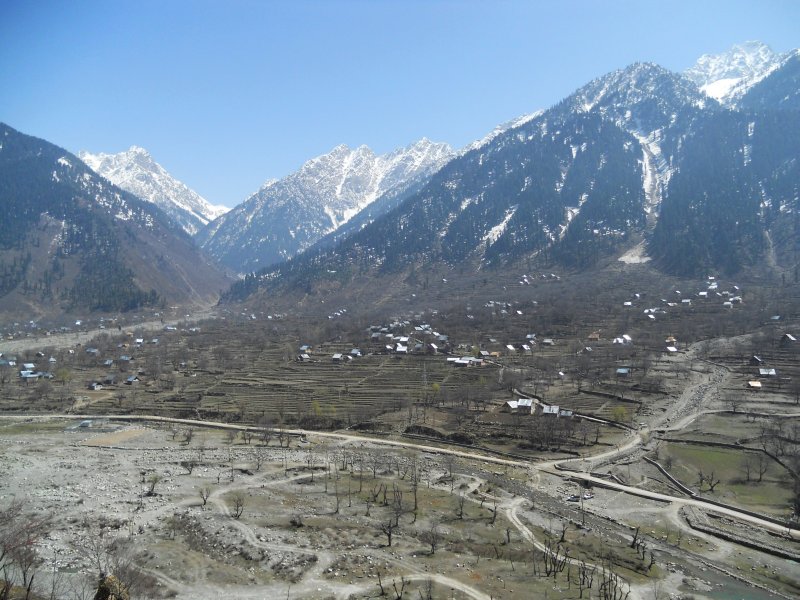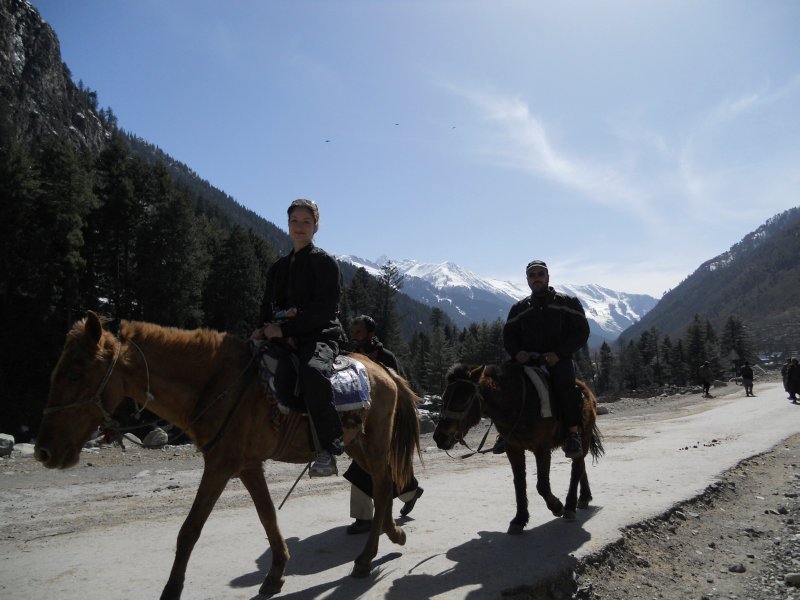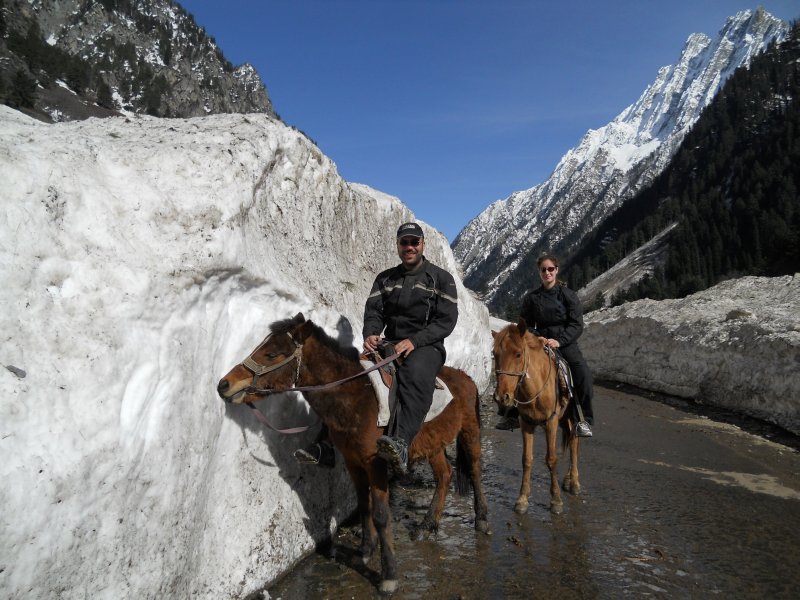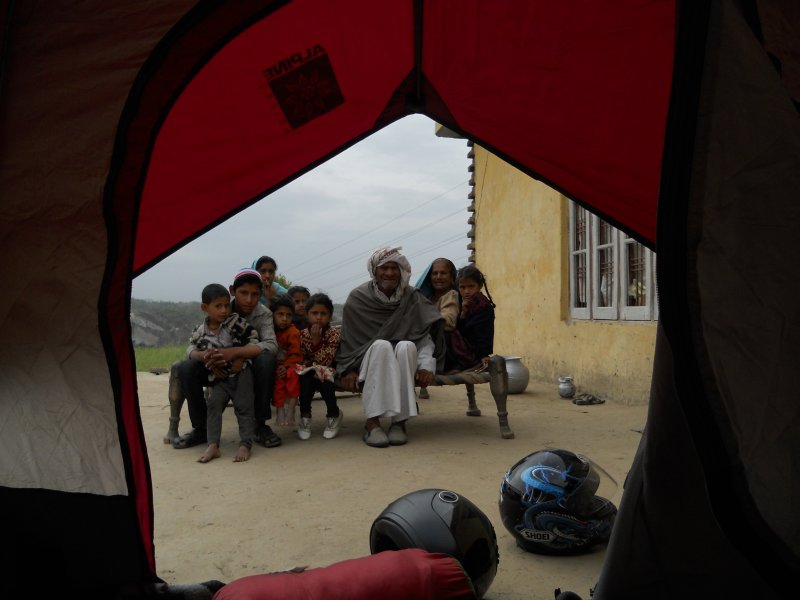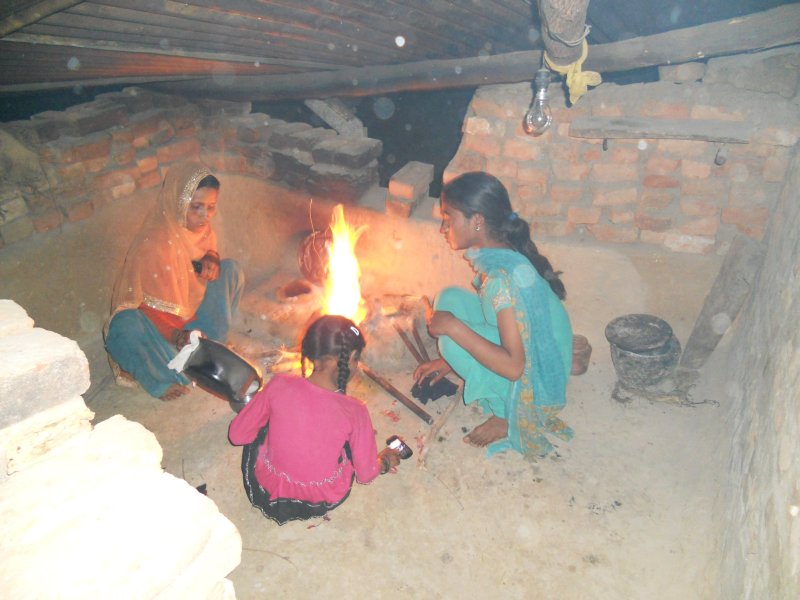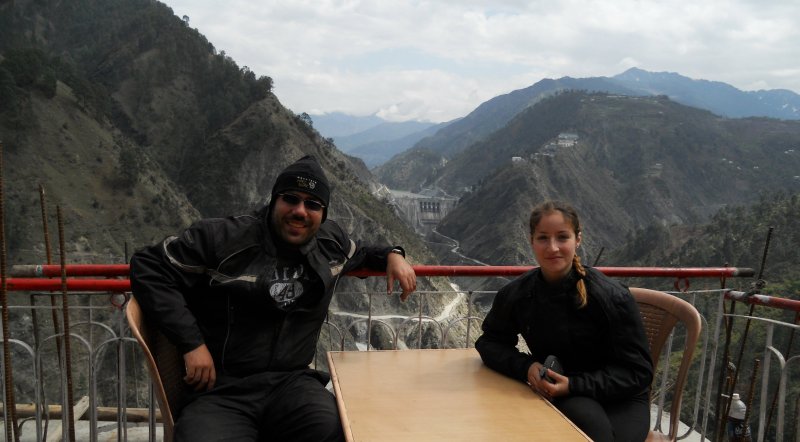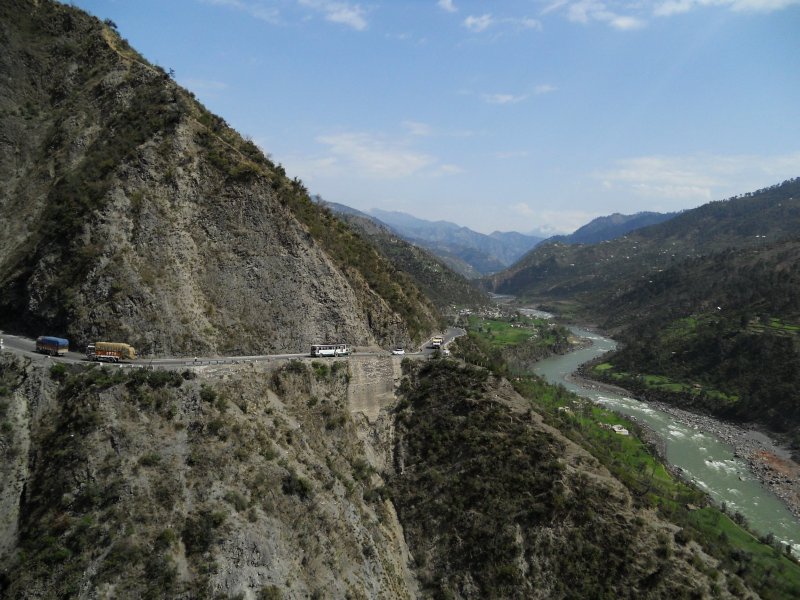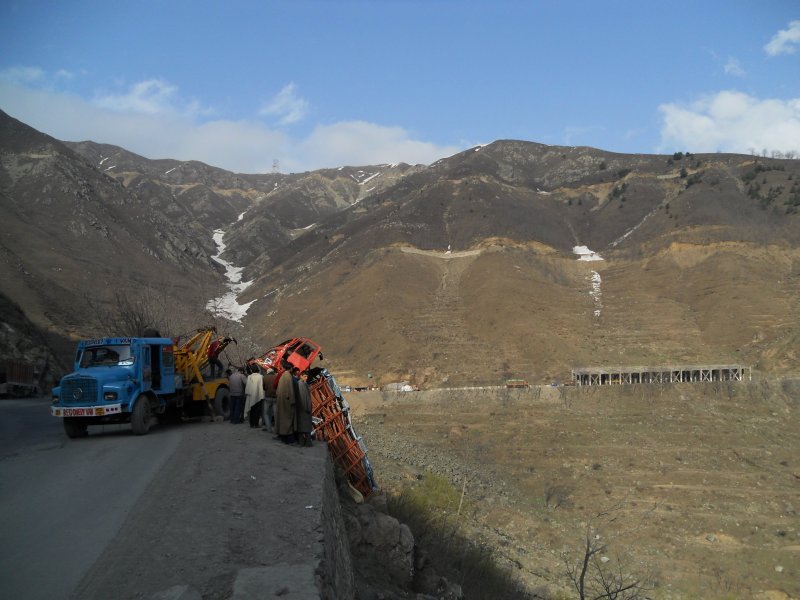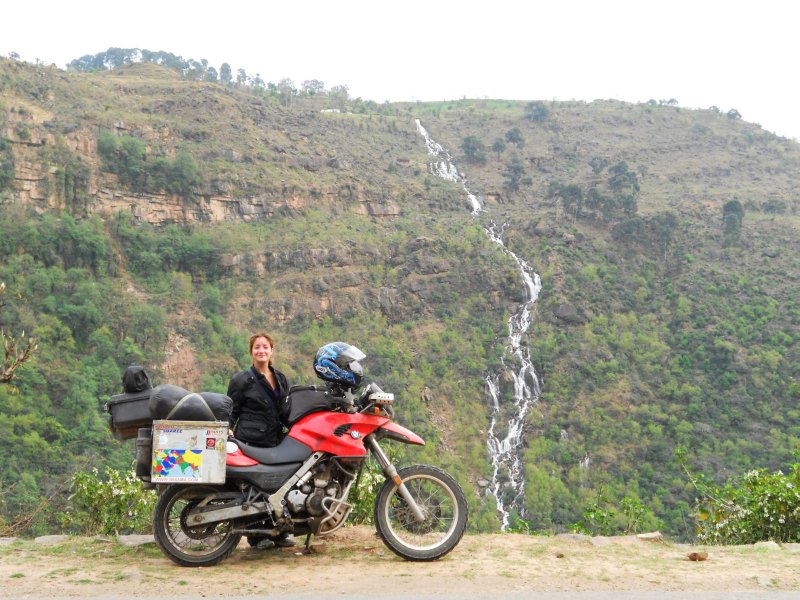Although not as many as in the West or South, bystanders continue to be a nuisance, especially due to their high number. Almost anywhere we stop there are a few people just standing, ready to gather. One day we got off the bike to go to an internet cafe. As we came out, 2 hours later, we noticed the same people we saw when we left were still there (plus some fresh faces).
Amritsar (Punjab) 2/2
| Apart from the Golden Temple, there are many other Sikh or Hindu temples in Amritsar. An interesting example is Mata Temple. In addition to the praying space there is a maze-like area, built to resemble various holy Hindu locations from India and Nepal. At some point visitors have to crawl or walk through water. |
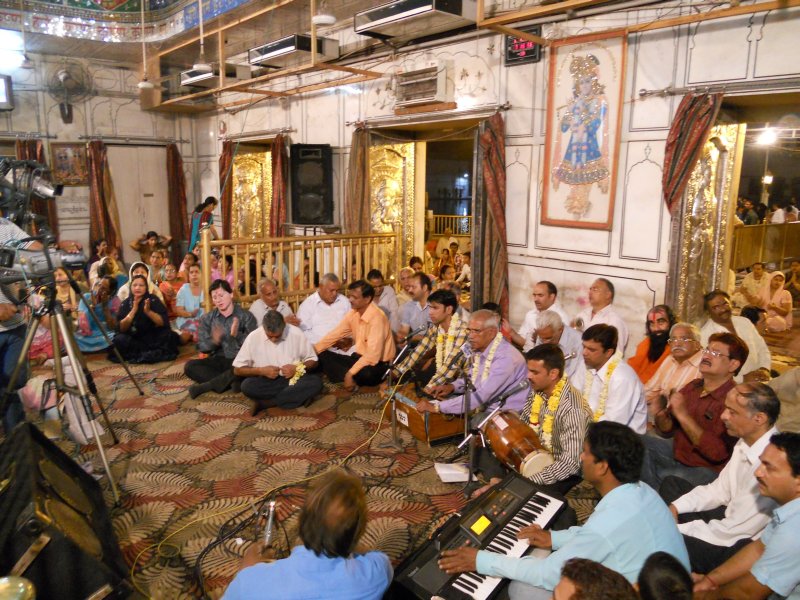 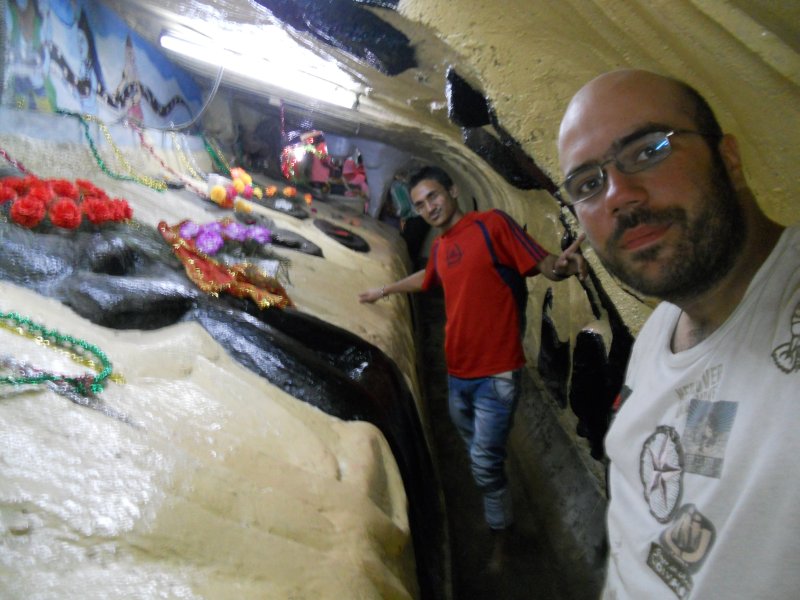 |
| The Jallianwala Bagh is the site where in 1919 the British Indian Army massacred almost 1600 unarmed Indians, to send a strong message and deter against rebellion. One wall still bears the bullet marks. |
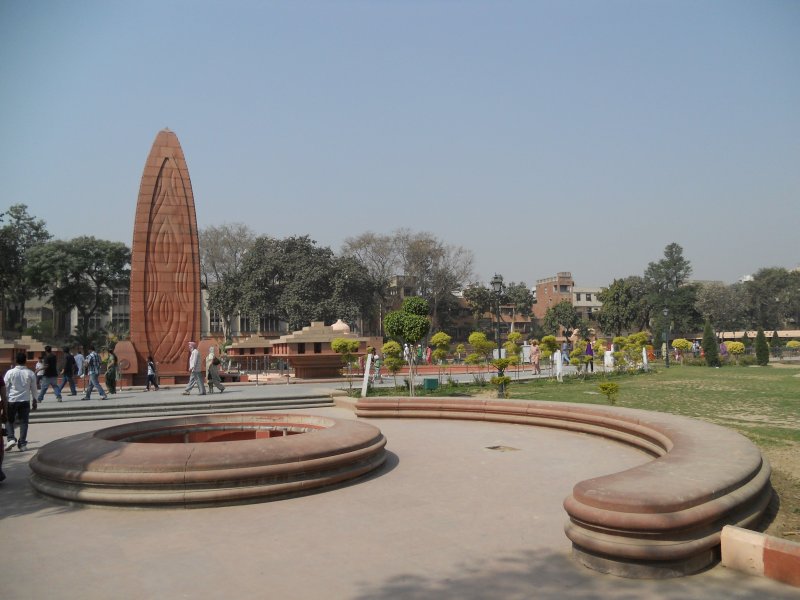 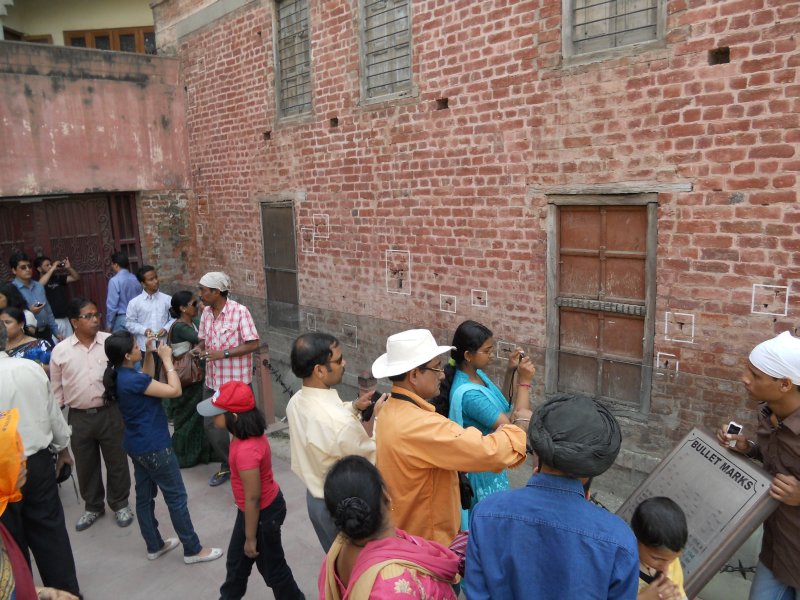 |
| En route from Amritsar to Lahore there is the Wagah border crossing point. Every evening takes place a border closing and flag lowering ceremony, a joint show organized by the Indian and Pakistani border agents. |
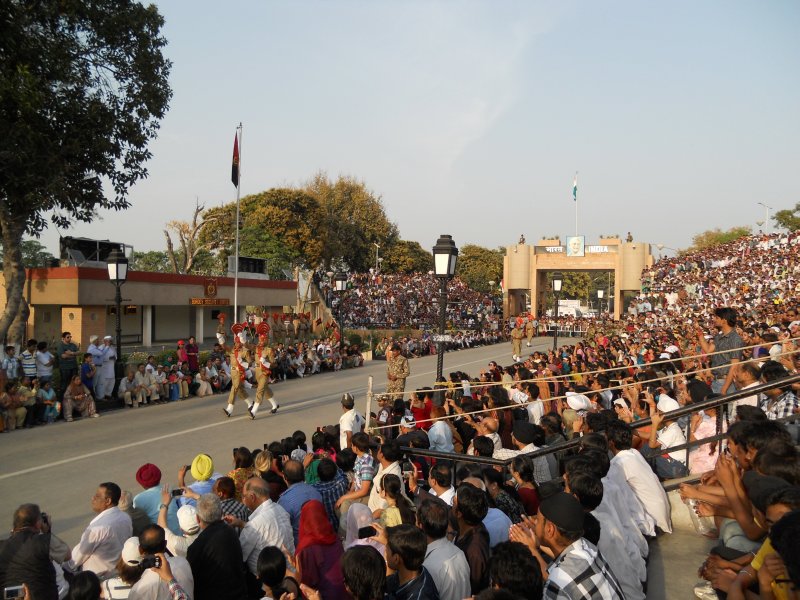 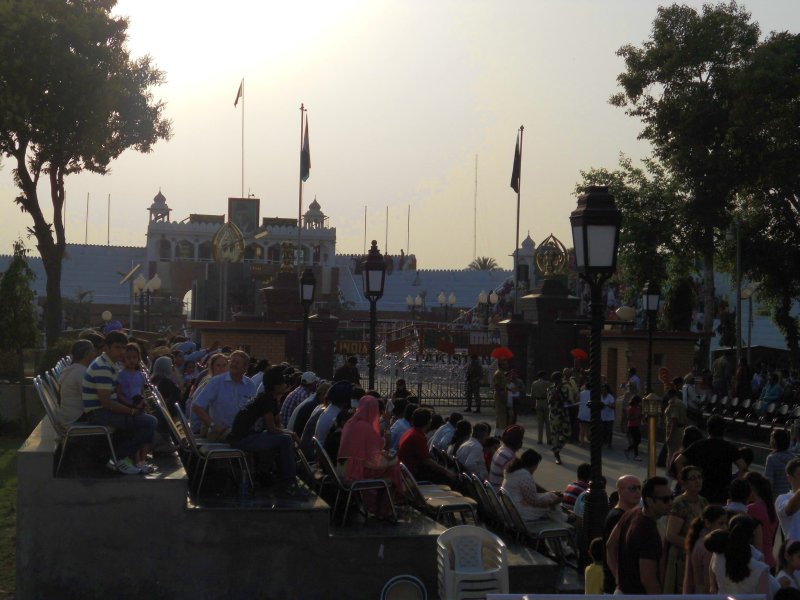 |
| The ceremony (filmed by someone else): |
Amritsar (Punjab) 1/2
Kashmir
Jammu
From Kalka we continued East. As soon as we entered Punjab the landscape improved shomehow. There was less trash on the street, still far from optimal but definitely much better than before.
We continued North and entered Jammu. We spent the night in the back yard of a poor Urdu family, just North of the city of Jammu. They gave us milk from their own cow and we gave them chocolate and peanuts.
After that there was a steep climb, from ~750m to about 2500m MSL. The road was spectacular but also very dangerous due to rough driving and over congestion.
